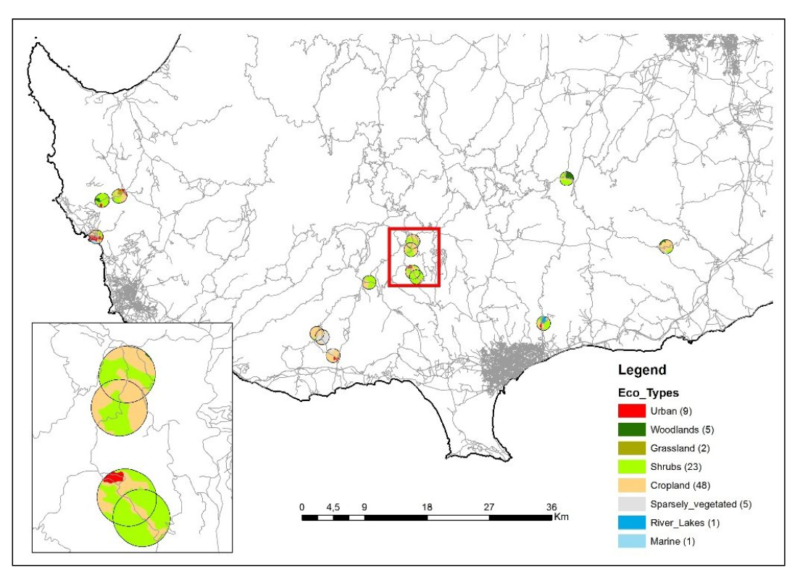ABSTRACT
Although road length and extent have dramatically increased in Cyprus by 88% over the last 20 years, this has not been followed by studies looking at the impacts of roads on biodiversity on the island, a global biodiversity hotspot. To address the lack of adequate information on road impacts on biodiversity, the Cyprus Roadkill Observation System (CyROS) www.cyroadkills.org was launched in 2017. CyROS is a citizen science approach that uses the Google Earth Engine and smart phone applications to collect citizens’ observation of dead animals on road network. Preliminary results of this new system demonstrate that reptiles (including endemic and rare species included in the EU Habitats Directive) are the animal group most affected by roads. This corroborates results from similar studies which point to the susceptibility of this taxonomic group to road-induced impacts. We combined reptile records from the CyROS database with data on road mortality from the Herpetological Repository of Cyprus (www.herprepository.org), a citizen science website launched in 2013 to record live and dead reptile and amphibian sightings throughout the island. We used KDE+ based on kernel density estimation to evaluate hotspots of reptile roadkills. A total of 196 roadkills were identified, belonging to 11 different species, of the 19 terrestrial reptiles of the island. The number of observations recorded so far is not related to the frequency of road use, road type or geographic location. Fourteen hotspots of varying length and significance were identified. This collaborative approach has so far engaged four government departments and 100 volunteer scientists, and is the first effort to understand the impact of Cyprus’ extensive road network on the island’s reptiles. It has revealed the importance of examining transportation ecology on small islands with rapid urban and road expansion such as Cyprus
S. Zotos, F. Baier, D. Sparrow, I. N. Vogiatzakis, “A citizen science approach to assess the impact of roads on reptile mortality in Cyprus,” Proc. SPIE 10773, Sixth International Conference on Remote Sensing and Geoinformation of the Environment (RSCy2018), 107730J (6 August 2018); doi: 10.1117/12.2326222




